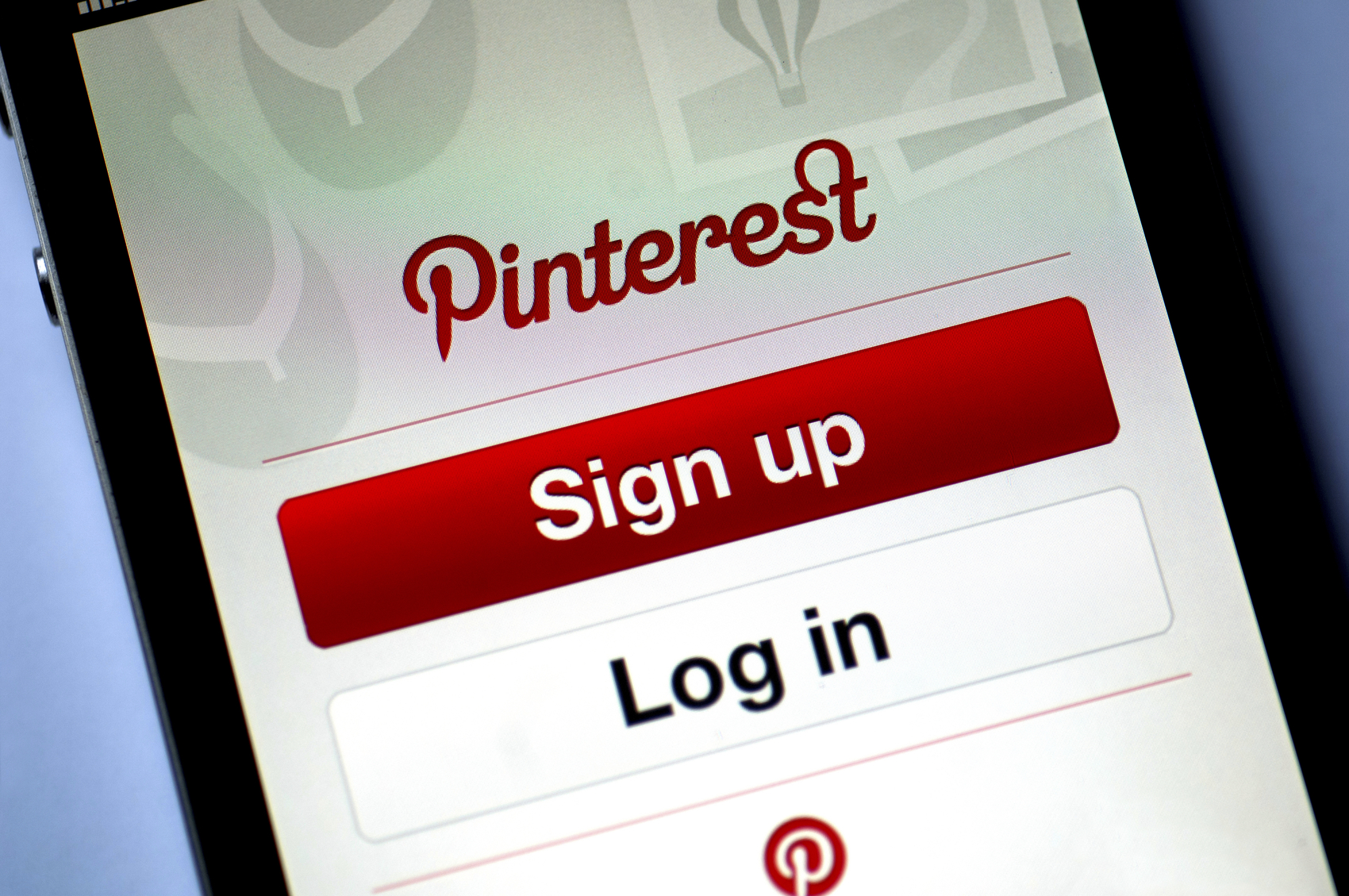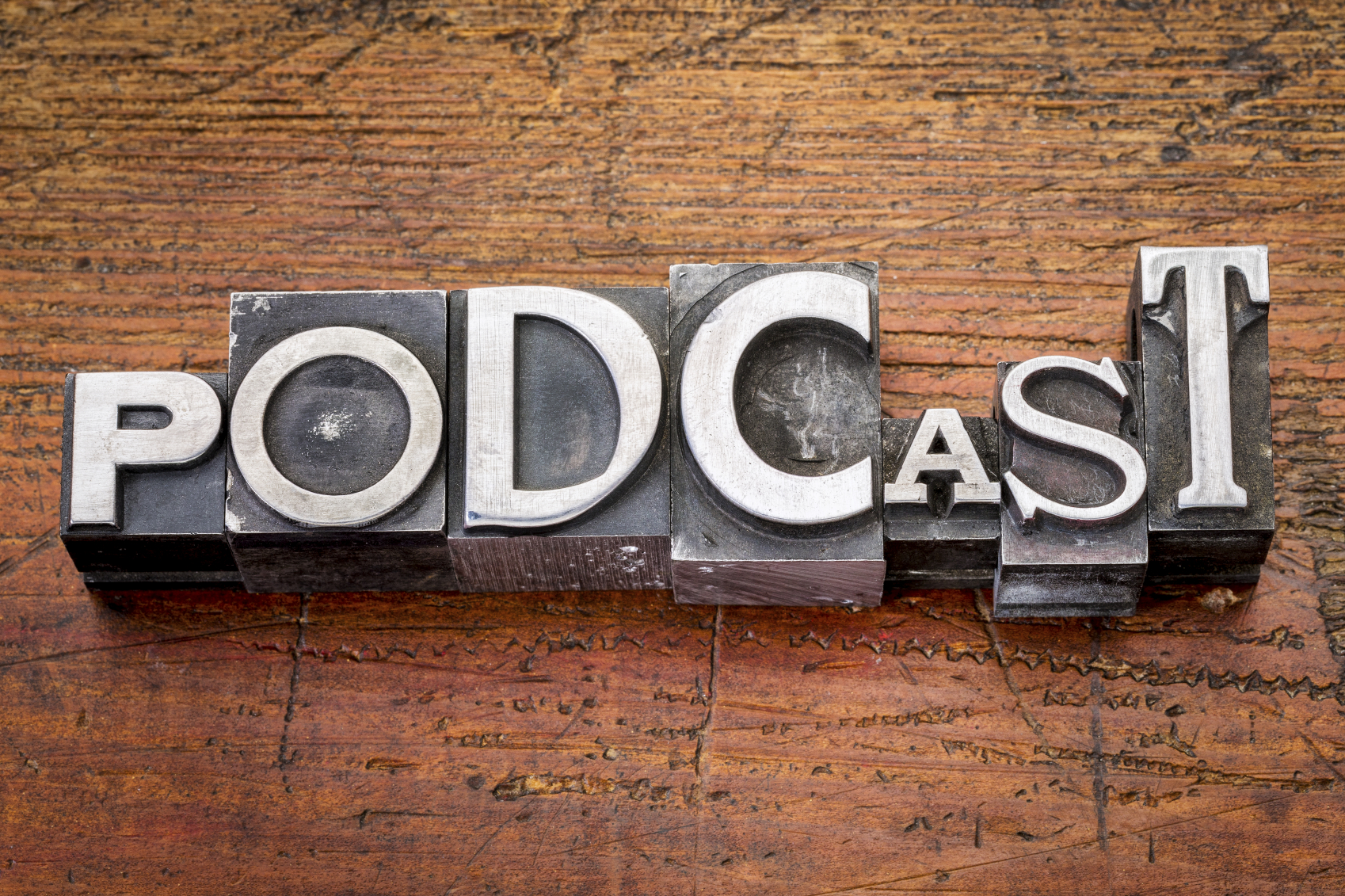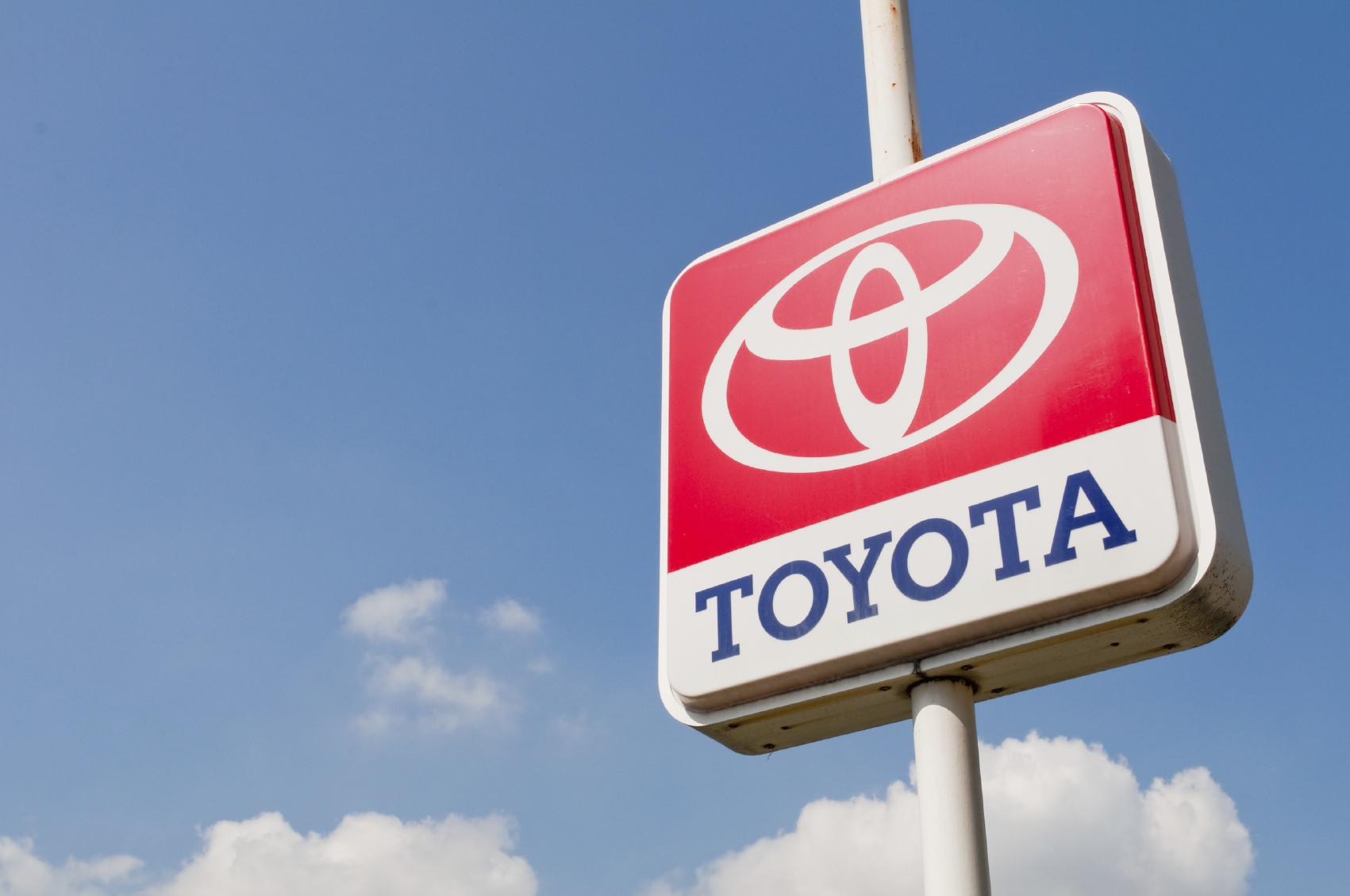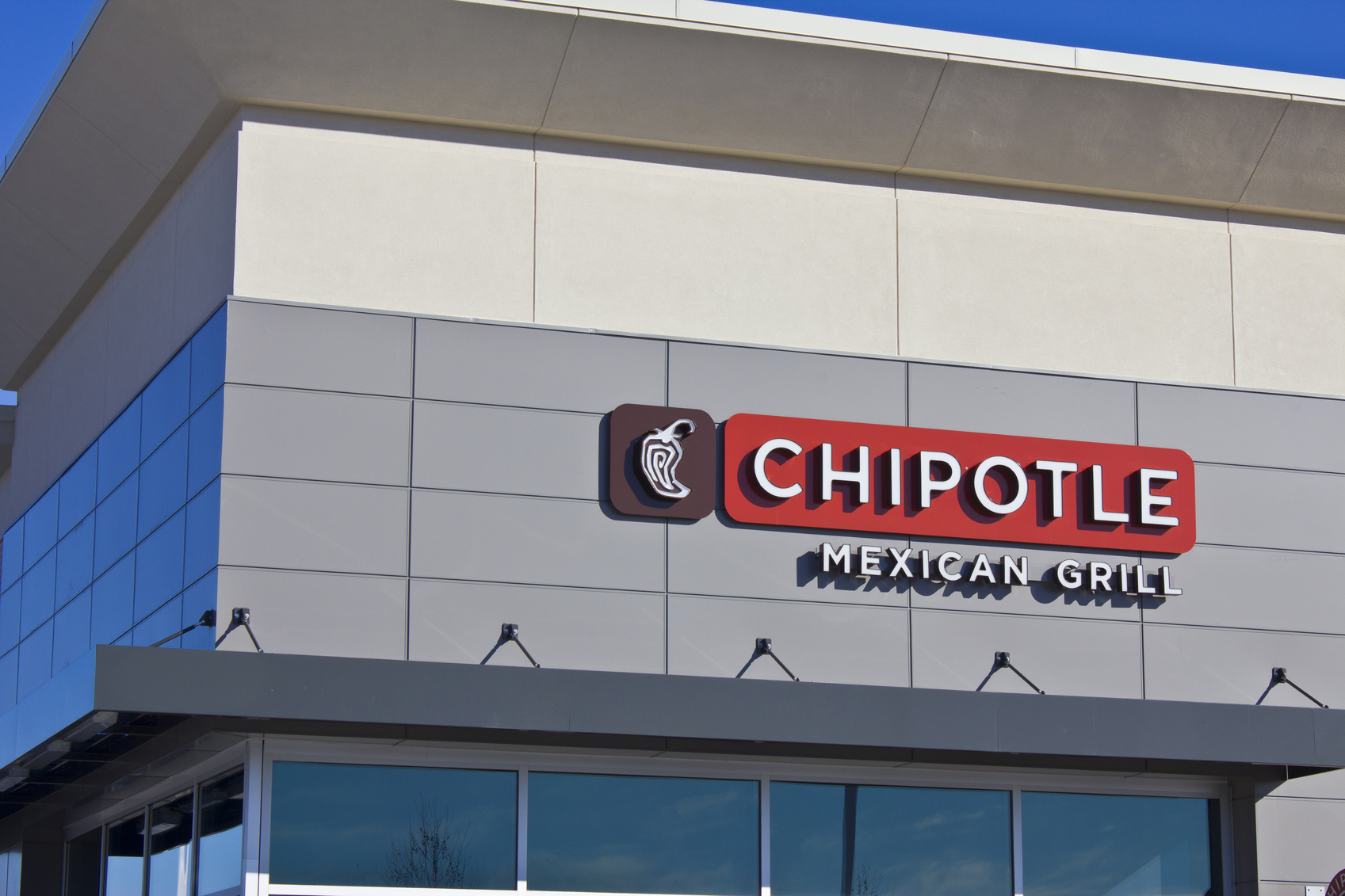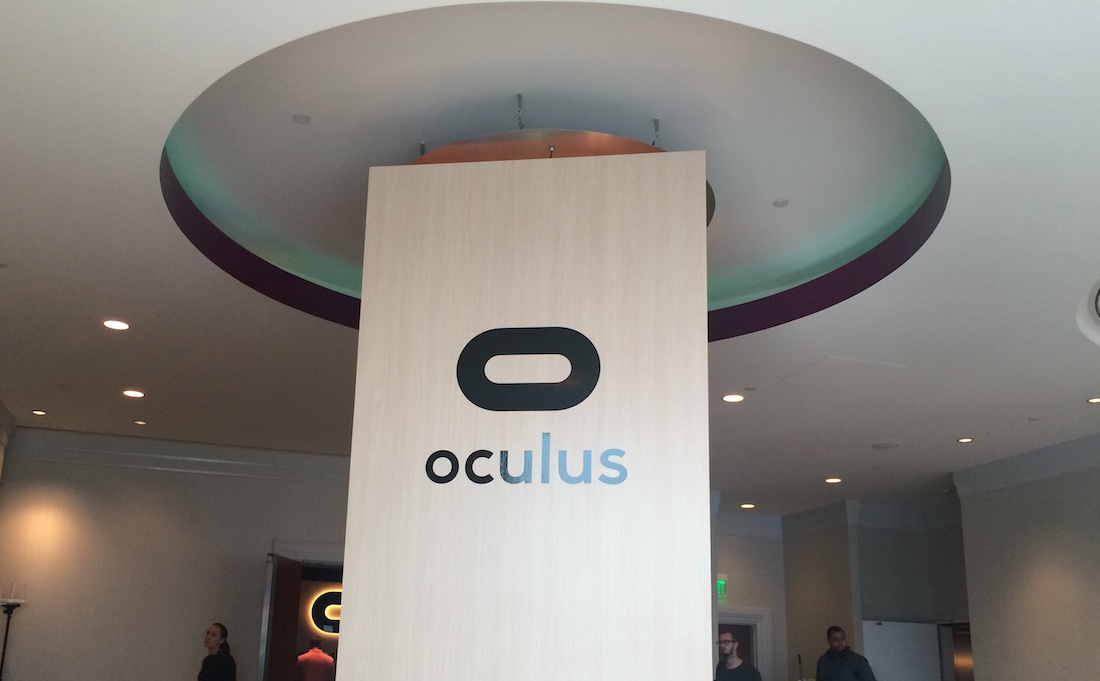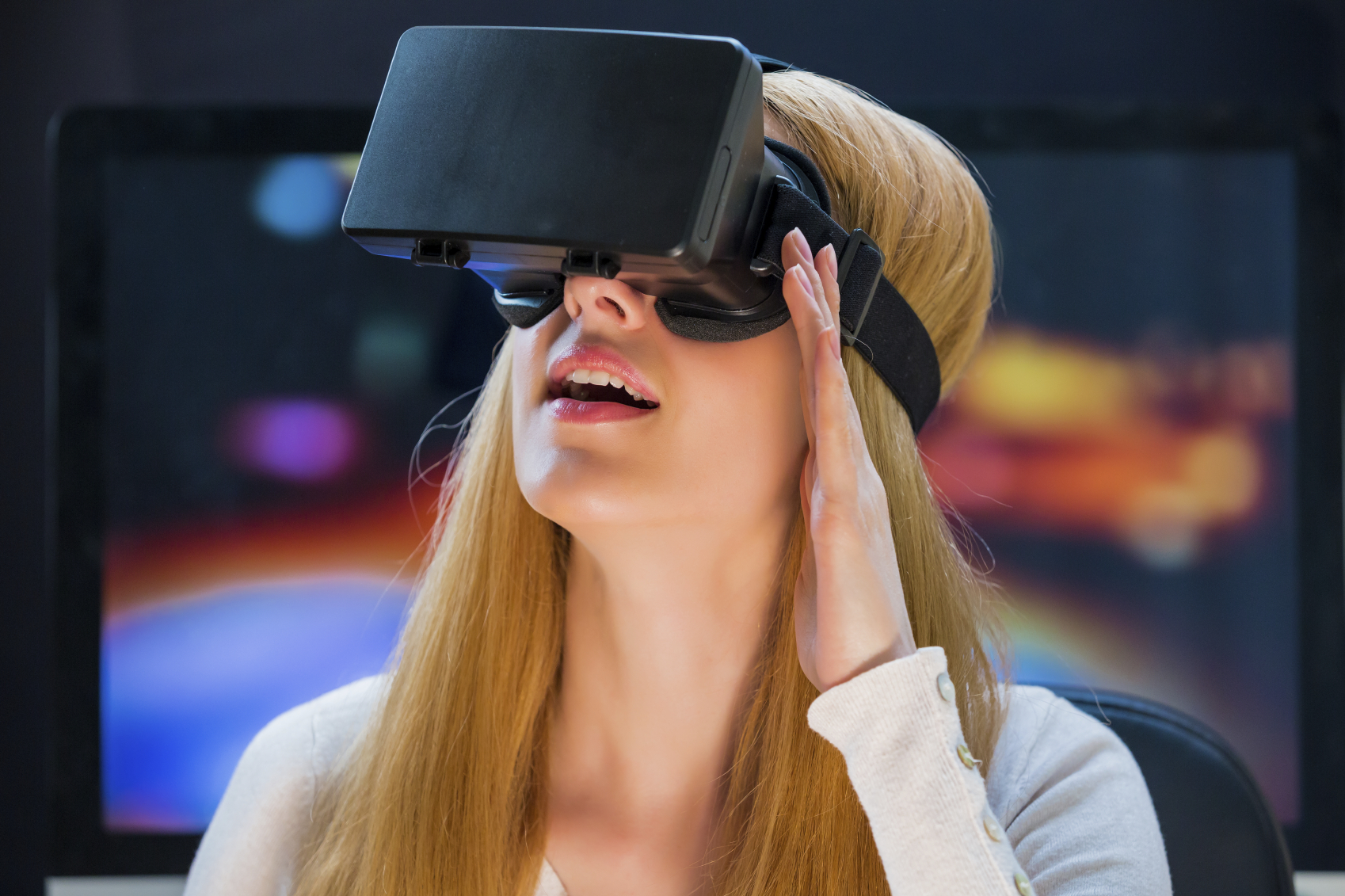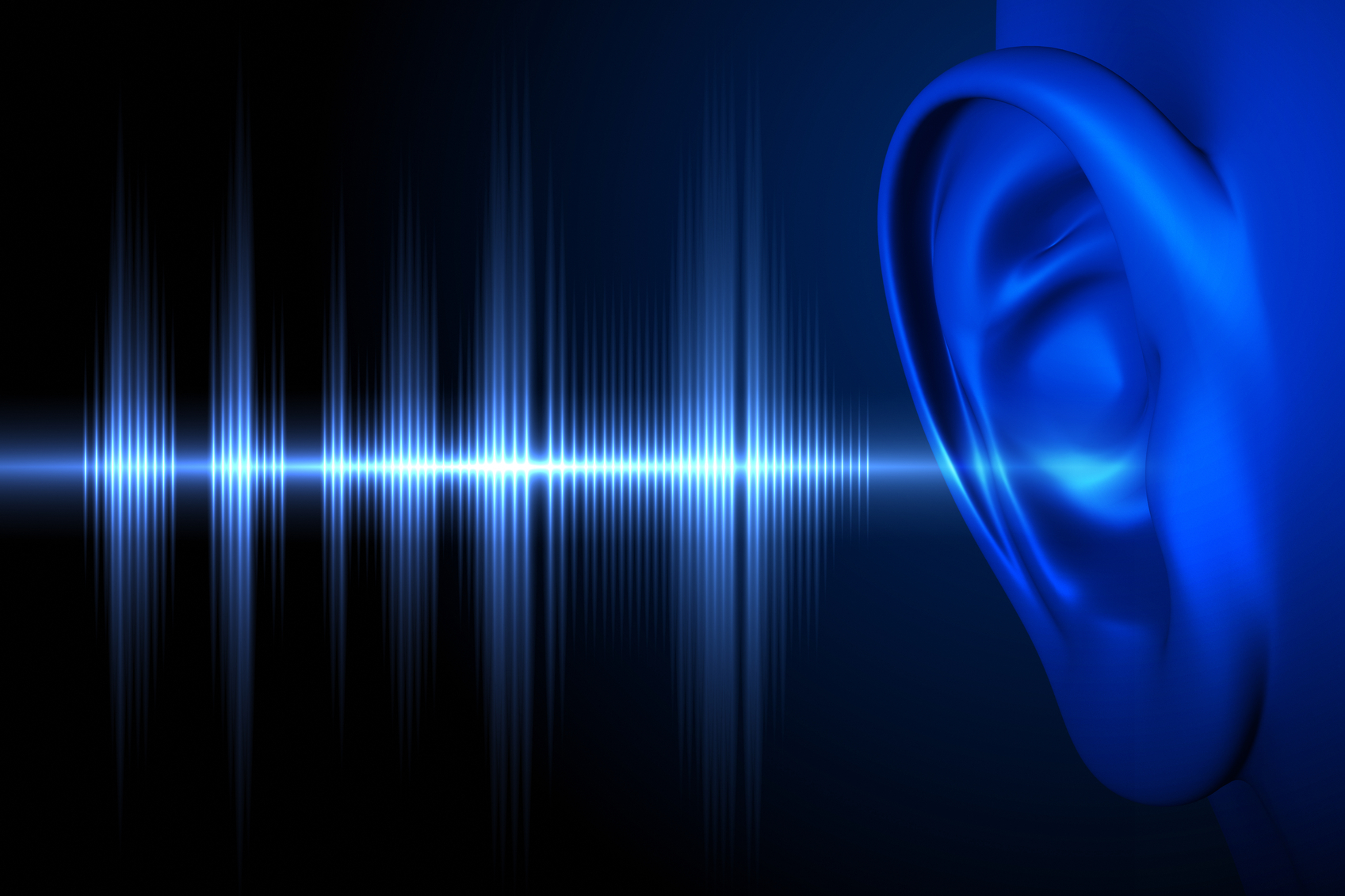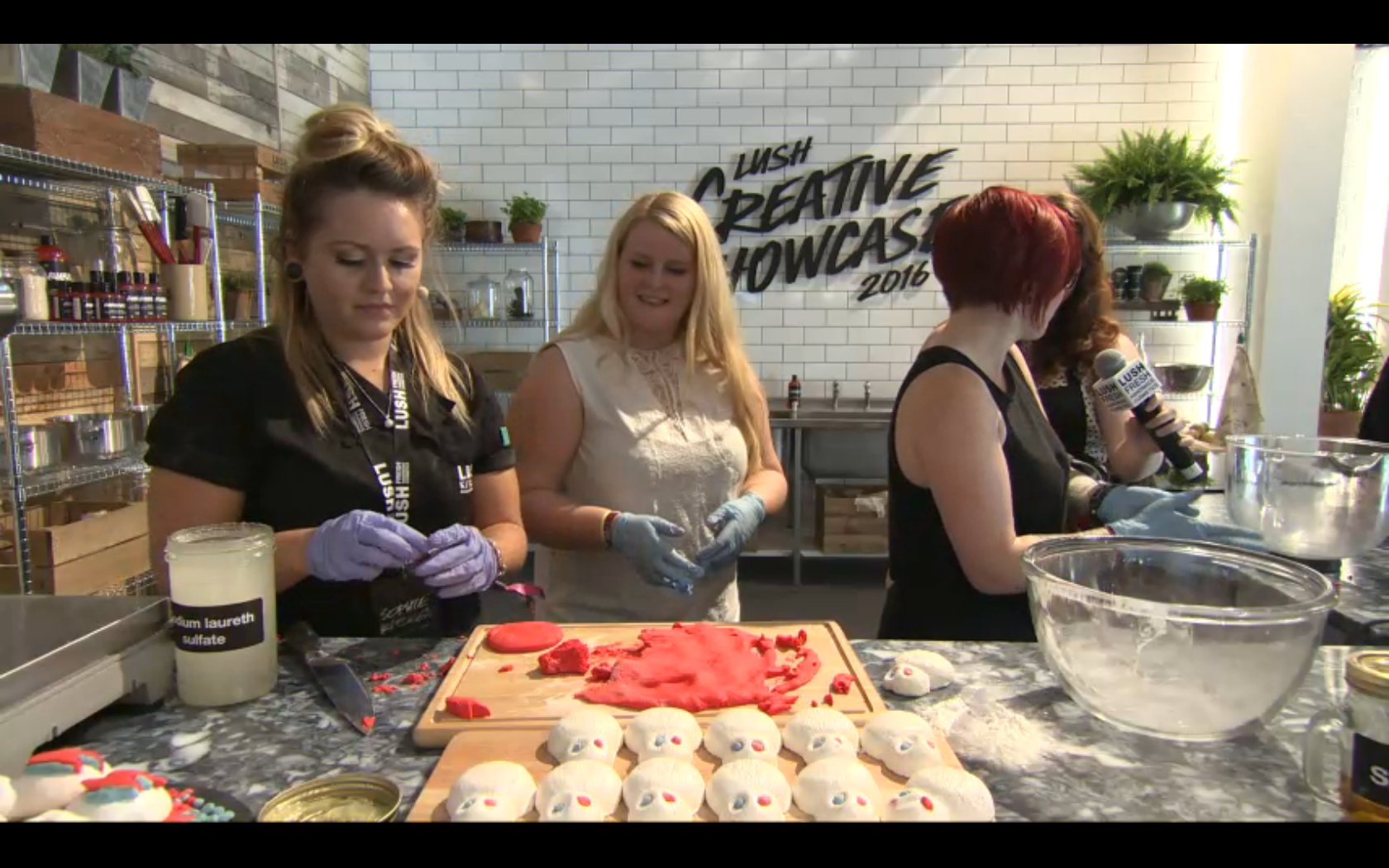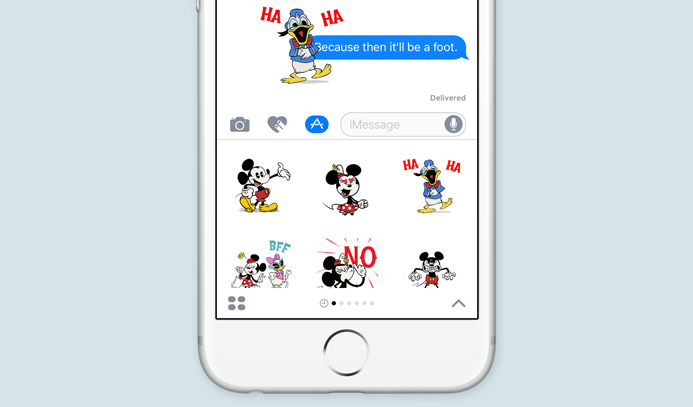What Happened
Scripps Networks Interactive, the owner of Food Network, HGTV and Travel Channel, has signed on as a media partner for Pinterest’s new “Explore” media channel, which aims to create a way for publishers and brands to reach users with videos and multimedia posts. Pinterest is also reportedly working to bring food and travel-oriented video network Tastemade on board.
It is worth noting that both Tastemade and Food Network publish to Snapchat’s content portal Discover, which functions in a similar way as Pinterest’s Explore . Therefore, it is no surprise that Pinterest is working to strike similar deals with content creators.
What Brands Should Do
Last week along with the launch of Explore, Pinterest also announced a new content initiative called Pin Collective that aims to connect brand marketers with top content creators on its platform. With 150 million monthly active users, Pinterest boasts a unique aesthetic that is very popular among certain consumer segments such as fashion lovers, foodies, and home decor enthusiasts, making Scripps the ideal content partner for its platform. Together, the two content marketing initiatives should give brands new channels to reach their desired audiences.
Source: AdAge
